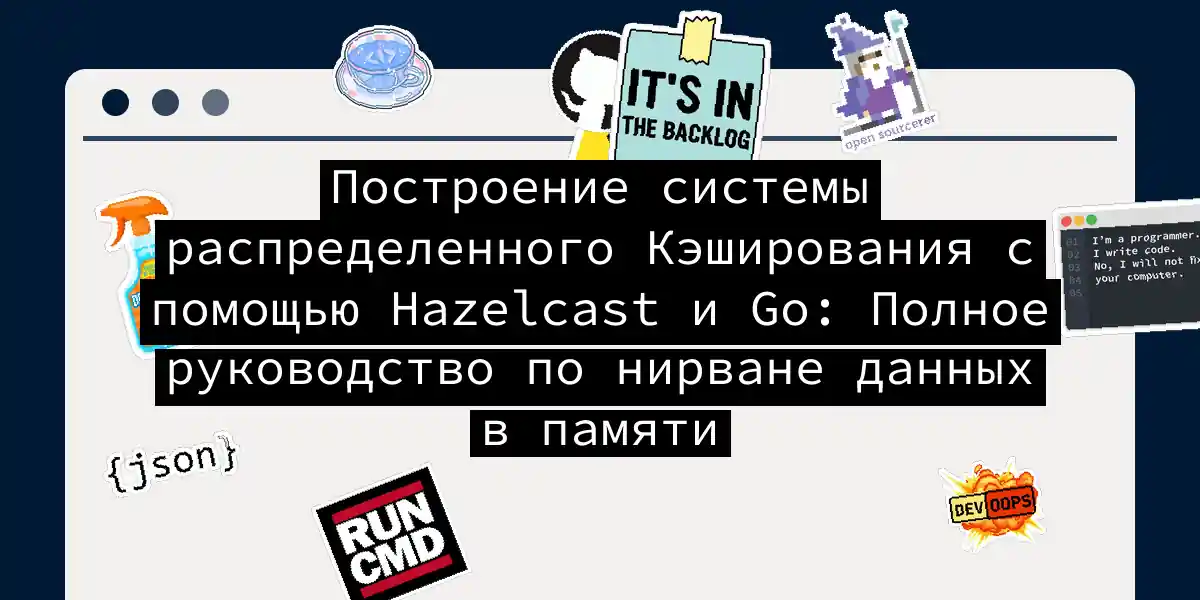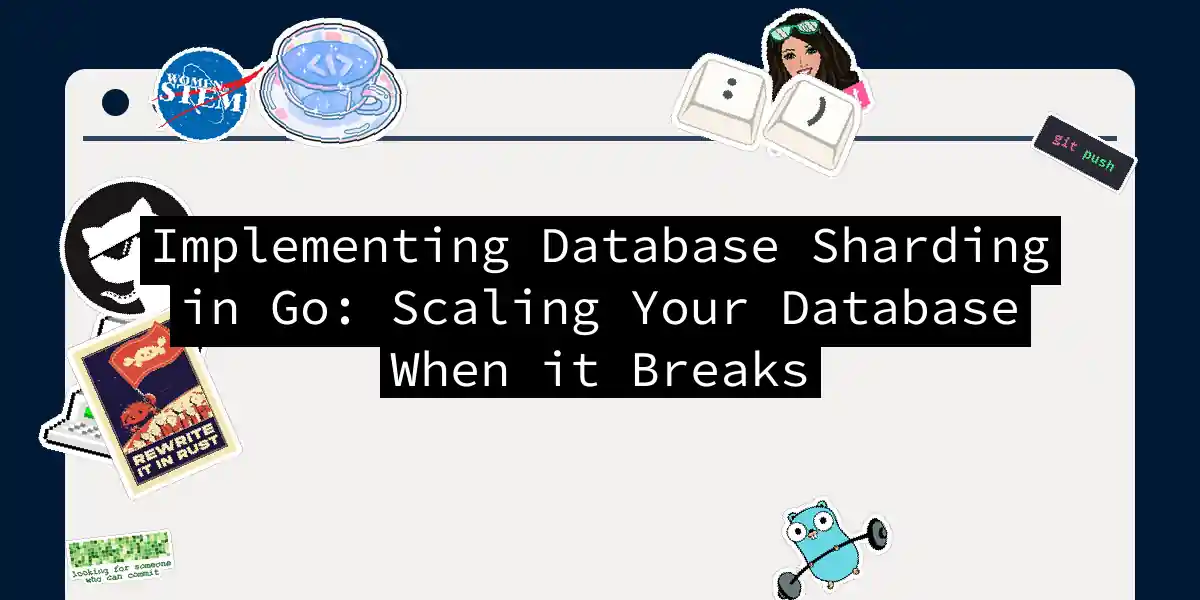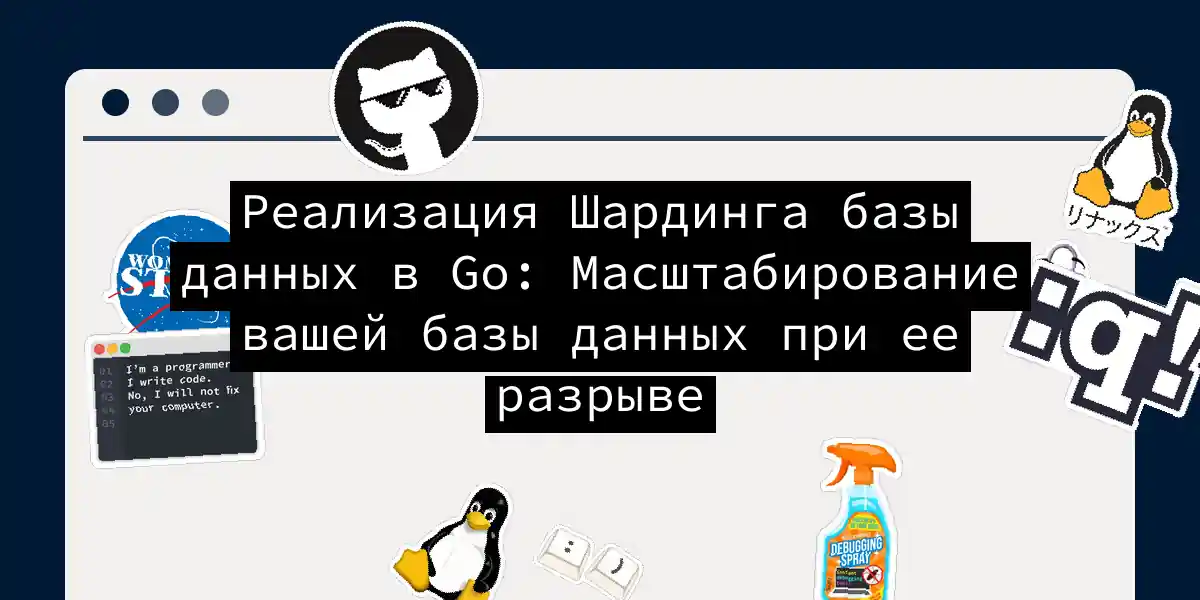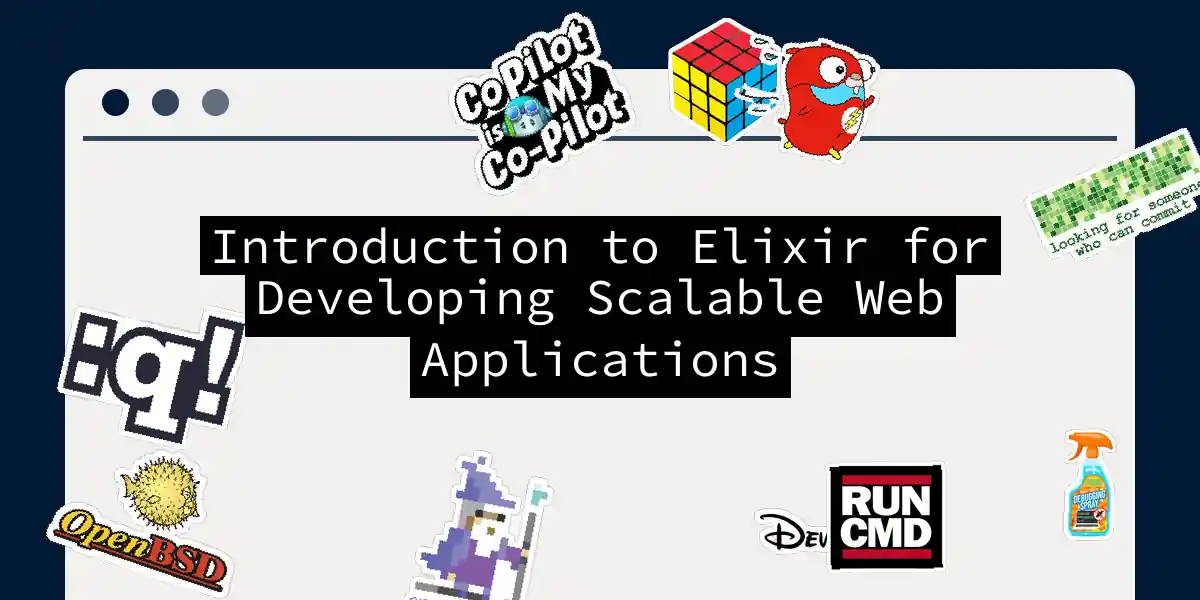
Building a Distributed Caching System with Hazelcast and Go: The Ultimate Guide to In-Memory Data Nirvana
Ever found yourself in that awkward situation where your application is screaming for more performance, but adding more servers just makes things slower? Yeah, welcome to the cache club. Today, we’re diving headfirst into the world of distributed caching with Hazelcast and Go—a combination that’ll make your database breathe a sigh of relief and your users smile with glee. The Caching Awakening: Why We’re Here Let’s be honest: databases are like that friend who’s always available but takes forever to show up....



